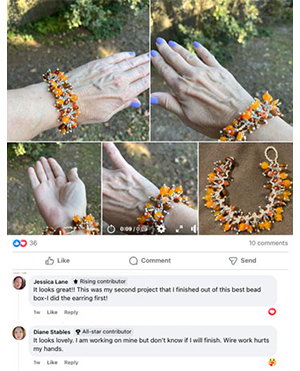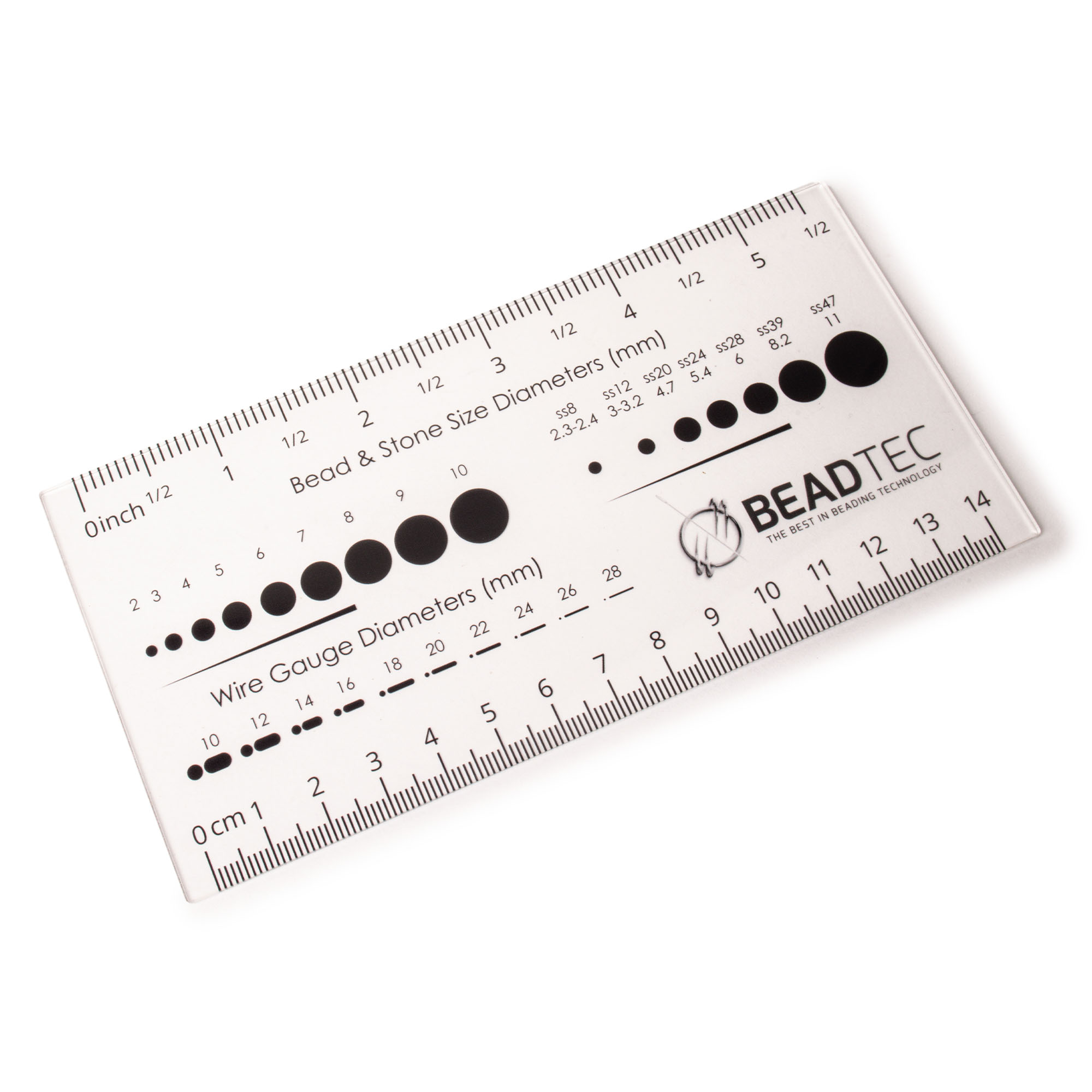- Jewelry-Making Supplies ▾
Design Jewelry with Confidence!
Seed Beads
Thread, Wire, & Stringing Materials
Athenacast Findings & Components
Everything Else
- Kits & Collections ▾
Assemble Your World
Kits & Collections
- Subscriptions ▾
Want monthly Beading Happiness?
Subscriptions
- Learn to Make ▾
Want to learn more?
- Discounts & Deals ▾
Explore Today's Promotions!
- Jewelry-Making Supplies
- Kits & Collections
- Subscriptions
- Learn to Make
- Discounts & Deals
-
Seed Beads
Thread, Wire, & Stringing Materials
Findings & Components
Everything Else
-
Kits & Collections
-
Subscriptions
- Home
- How to Make Jewelry
- Better Beader Episodes
- Are Your Gemstones Real?
Are Your Gemstones Real?

Watch the Video Tutorial
Watch the Video Tutorial
Need Any Extra Materials?
Need Any Extra Materials?
Need Any Extra Materials?
Need Any Extra Materials?
Episode Transcript
Episode Transcript
Introduction
Have you ever wondered if the gemstones in your jewelry collection are genuine or if you've been duped by a convincing imitation? In this Better Beader episode from Potomac Beads, we dive into the fascinating world of gemstone authentication. Join us as we explore various techniques to determine the authenticity of your treasured gems, ensuring you can shop and craft with confidence.
Materials Needed
- Gemstones to test (loose or set in jewelry)
- Magnifying glass or loupe
- Mohs hardness pick set
- Refractometer
- Dichroscope
- Spectroscope
- Polariscope
- Specific gravity liquids
- Ultraviolet (UV) light source
Step-by-Step Tutorial
- Begin by closely examining the gemstone with a magnifying glass or loupe. Look for any inclusions, blemishes, or identifying characteristics that may help determine its authenticity.
- Test the gemstone's hardness using a Mohs hardness pick set. Genuine gemstones will have a specific range on the Mohs scale, while imitations may be softer or harder than expected.
- Use a refractometer to measure the gemstone's refractive index. Each gemstone has a unique refractive index range, which can help identify its genuineness.
- For doubly refractive gemstones, employ a dichroscope to view the stone's pleochroism. Genuine gemstones will display distinct colors when viewed through the dichroscope.
- Analyze the gemstone's absorption spectrum using a spectroscope. Different gemstones exhibit specific absorption patterns that can aid in identification.
- Utilize a polariscope to detect any double refraction or strain within the gemstone. Genuine gemstones will often display unique patterns under polarized light.
- Conduct a specific gravity test by immersing the gemstone in specialized liquids. Genuine gemstones will have a specific gravity range that can help distinguish them from imitations.
- Expose the gemstone to ultraviolet (UV) light and observe its fluorescence. Some gemstones exhibit distinct fluorescence under UV light, which can be an identifying characteristic.
Remember to handle your gemstones with care during the testing process and consult with a professional gemologist if you're unsure about the results or need further assistance.
Customization Ideas & Inspiration
While gemstone authentication is a crucial skill for any jewelry enthusiast, it's also essential to remember that the beauty and personal significance of a piece can outweigh its monetary value. Don't be afraid to incorporate gemstones that speak to you, regardless of their origin.
Consider creating custom jewelry designs that showcase your gemstones in unique ways. Experiment with different settings, metal combinations, and design elements to create one-of-a-kind pieces that reflect your individual style.
Conclusion
Authenticating gemstones is a valuable skill that can help you make informed decisions when purchasing or working with these precious materials. By following the steps outlined in this Better Beader episode, you'll be well on your way to confidently assessing the genuineness of your gemstones.
We encourage you to practice these techniques and share your experiences with the beading community. If you have any questions or want to showcase your gemstone creations, please leave a comment below.
For more informative content and inspiring beading projects, be sure to check out our other Better Beader episodes and explore the wide range of tutorials available from Potomac Beads.
Join Our Growing Community
Join Our Growing Community




Our Testimonials
Our Testimonials
- 56683 (83.4%)
- 4905 (11.3%)
- 3346 (4.3%)
- 246 (0.6%)
- 137 (0.5%)
- Favorite Reviews
- Highest to Lowest
- Newest to Oldest
- All Ratings
- 5 ★ Reviews
- 4 ★ Reviews
- 3 ★ Reviews
- 2 ★ Reviews
- 1 ★ Reviews
I absolutely love shopping with Potomac Beads for jewelry making supplies and tutorials and kits, etc. It's the first place I go when I'm looking for a specific tool or bead or whatever. I love the jewelry kits, too! My family was so impressed with my first effort that I am encouraged to try different methods now, confident that you will have all the supplies and support I need. Thank you for a superior shopping experience.
Loading...
Only Visible on Admin Mode
Item Description
Designer's Material List
Project Steps
Highest Quality
Products
100% Money
Back Guarantee
Fast
Shipping
Best Teaching &
Customer Service
You'll want these emails...
Get Free Projects & Inspiration
Get Free Projects & Inspiration
- Bullet 1
- Bullet 2
- Bullet 3
Copyright © PotomacBeads









